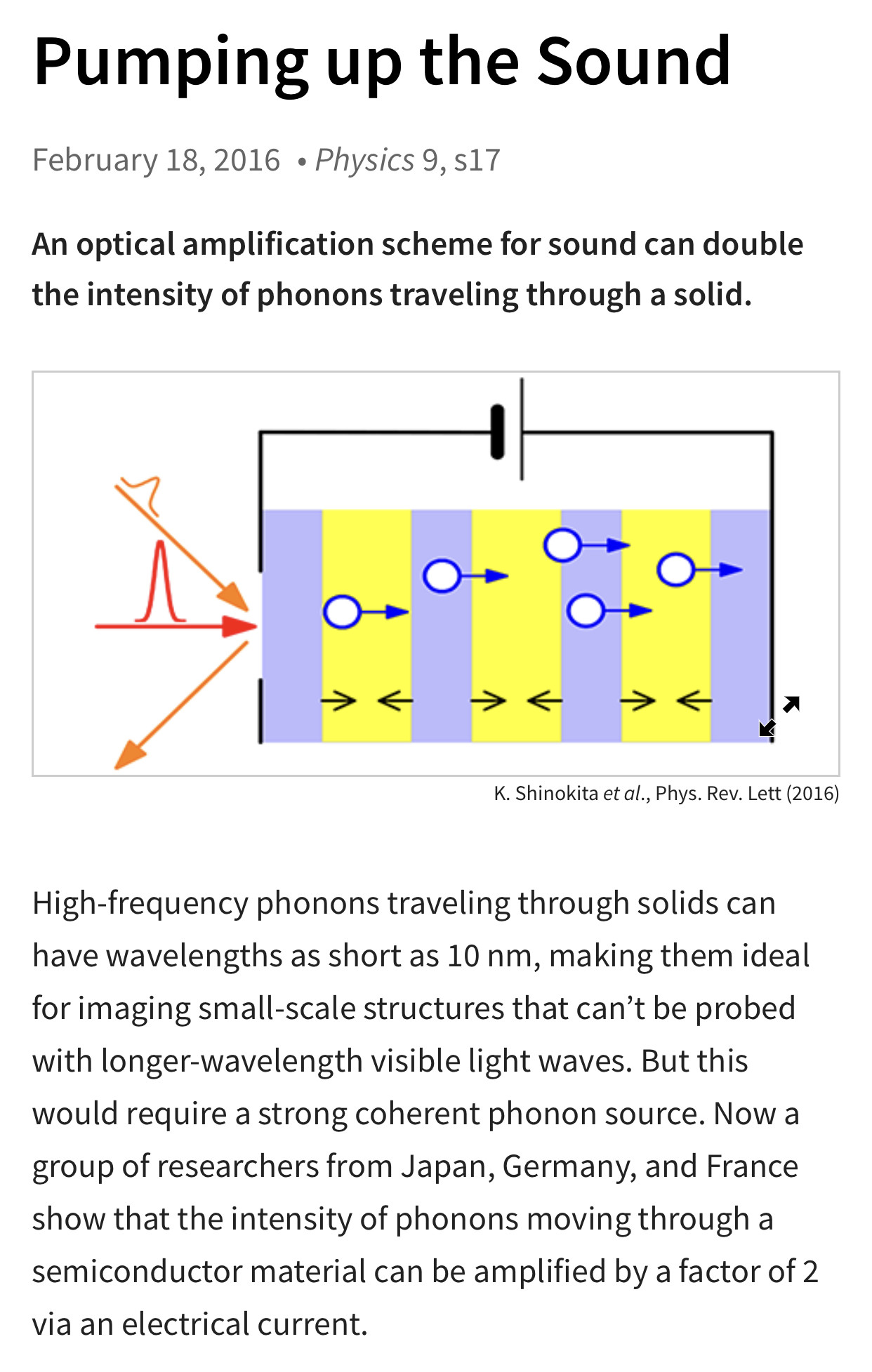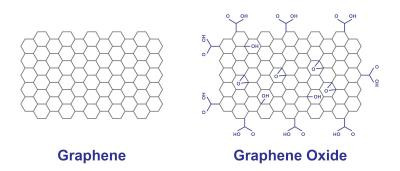So basically they (the satanic peodophiles) have manipulated you with nanoparticles disguised as a virus.
... vacccine???
Are peodophiles the direct result of vaccines that cause damage to the brain?
🤒It is also caused by the substances in plastics and in the medicines. Allready 20 year ago there was a study that proved that some medicines (like Prednison) caused lesbianity in woman. And weak makers in plastics are causing lower male hormones, resulting in more gay men. 'These people are sick' > Q is right: they are poisoned and became sick. The clowns who did this on purpose are evil.
Are you trying to tell me that vaccines cause oxidative stress that leads to brain trauma injury that leads to the onset of peodophillia?
Surely this is immoral?
Agreed.
@themac
Question: do you know what is Luciferase? Can it be that it is jelly-fish nematocystic electrolyt with activ ions in it ? That would explains the persons with burning wounds after the vaxx. A side effect of this electrolyt could be that it is working/attracks Cu ions: so that it is working on ceruloplasmine, a Cu enzym for the making of globuline (a substance in the bloodplasma)? If so, what could work against it to neutralize this luciferase substance?
(Why am I thinking this about luciferase: because [we] are researching a weird case on very old jelly-fishes that are petrifyed in a weird way: they are saved as bournonite like metal disks? And they differ from pyriet in staying perfect yellow without oxydising. Could it be that the nematocystic ions attract metal ions that preserved them? )
This could explain the bloodcloths in the vaxxed?
Luciferase-displaying protein nanoparticles were genetically designed for use as highly sensitive detection probes.
Certain nanoparticle probes possess several unique properties that are advantageous for use in the detection of cancer at the early stages. In this review, we will discuss the advances in the development of nanoparticle-based methods for the detection of cancer by fluorescence spectroscopy.
Nano probes are used for focusing on imaging, visualization and detection of diseases. ... Such Nano probes exhibit tunable optical, spectroscopic, magnetic, and electrical properties for signal amplifications.
Acoustic phonons are the main heat carriers in graphene near room temperature while optical phonons are used for counting the number of atomic planes in Raman experiments with few-layer graphene.
Graphene oxide is an oxidized form of graphene, laced with oxygen-containing groups. It is considered easy to process since it is dispersible in water (and other solvents), and it can even be used to make graphene. Graphene oxide is not a good conductor, but processes exist to augment its properties.
In this view, we recently demonstrated the ability of a few layer graphene (FLG) and different GOs to induce a sustained cytotoxicity related to a reduced mitochondrial activity in human skin HaCaT keratinocytes, a preliminary in vitro model to investigate skin toxicity.8 It is widely known that one of the main causes of mitochondrial dysfunction is represented by oxidative stress.9 Intriguingly, it has been suggested that oxidative stress plays a major role in the cytotoxicity of other carbon-based nanomaterials.10 The link between reactive oxygen species (ROS) overproduction and mitochondrial damage is well known. Doubtlessly, mitochondria are both the source and target of ROS, the latter being able to induce an oxidative stress-caused mitochondrial damage. Therefore, it is crucial to shed light on the role of ROS in the mechanism of cytotoxicity induced by GBNs.
graphene-based nanomaterials (GBNs)
Coating graphene oxide nanoflakes with cationic lipids leads to highly homogeneous nanoparticles (GOCL NPs) with optimised physicochemical properties for gene delivery applications. In view of in vivo applications, here we use dynamic light scattering, micro-electrophoresis and one-dimensional sodium dodecyl sulfate polyacrylamide gel electrophoresis to explore the bionano interactions between GOCL/DNA complexes (hereafter referred to as "grapholipoplexes") and human plasma. When exposed to increasing protein concentrations, grapholipoplexes get covered by a protein corona that evolves with protein concentration, leading to biocoronated complexes with modified physicochemical properties.
Here, we show that the formation of a protein corona dramatically changes the interactions of grapholipoplexes with four cancer cell lines: two breast cancer cell lines (MDA-MB and MCF-7 cells), a malignant glioma cell line (U-87 MG) and an epithelial colorectal adenocarcinoma cell line (CACO-2).
Luciferase assay clearly indicates a monotonous reduction of the transfection efficiency of biocoronated grapholipoplexes as a function of protein concentration. Finally, we report evidence that a protein corona formed at high protein concentrations (as those present in in vivo studies) promotes a higher capture of biocoronated grapholipoplexes within degradative intracellular compartments (e.g., lysosomes), with respect to their pristine counterparts. On the other hand, coronas formed at low protein concentrations (human plasma = 2.5%) lead to high transfection efficiency with no appreciable cytotoxicity. We conclude with a critical assessment of relevant perspectives for the development of novel biocoronated gene delivery systems.
Keywords: bionano interactions; cationic lipids; gene delivery; graphene oxide; protein corona.
Gene delivery is the process of introducing foreign genetic material, such as DNA or RNA, into host cells. Gene delivery must reach the genome of the host cell to induce gene expression.


